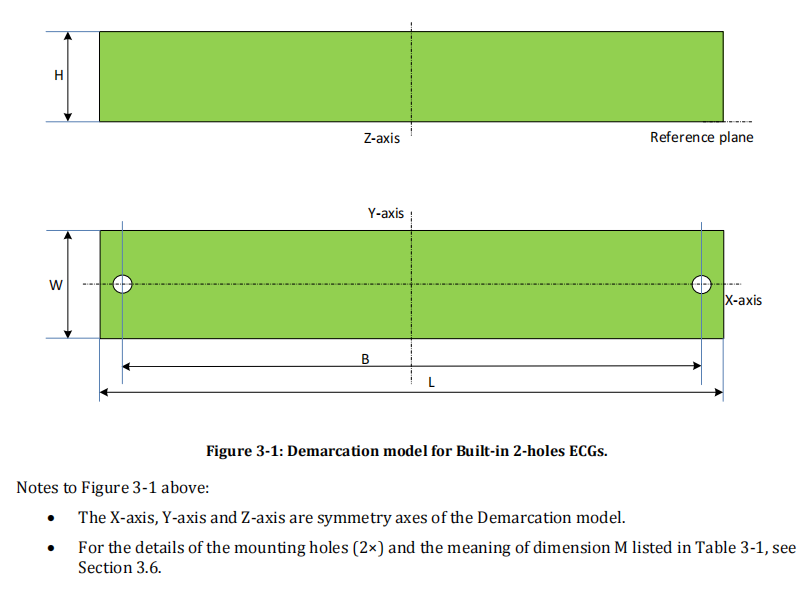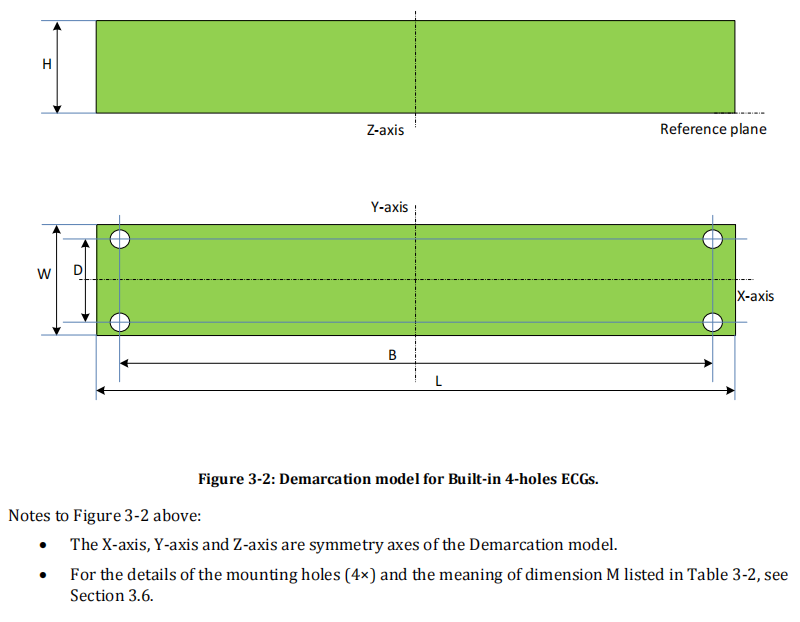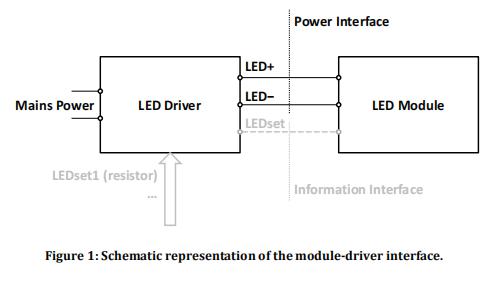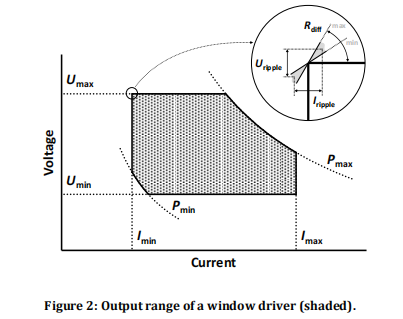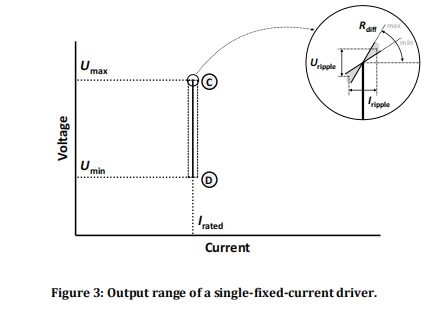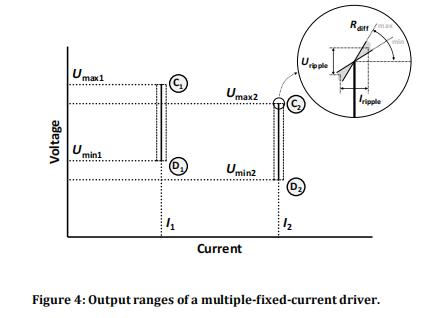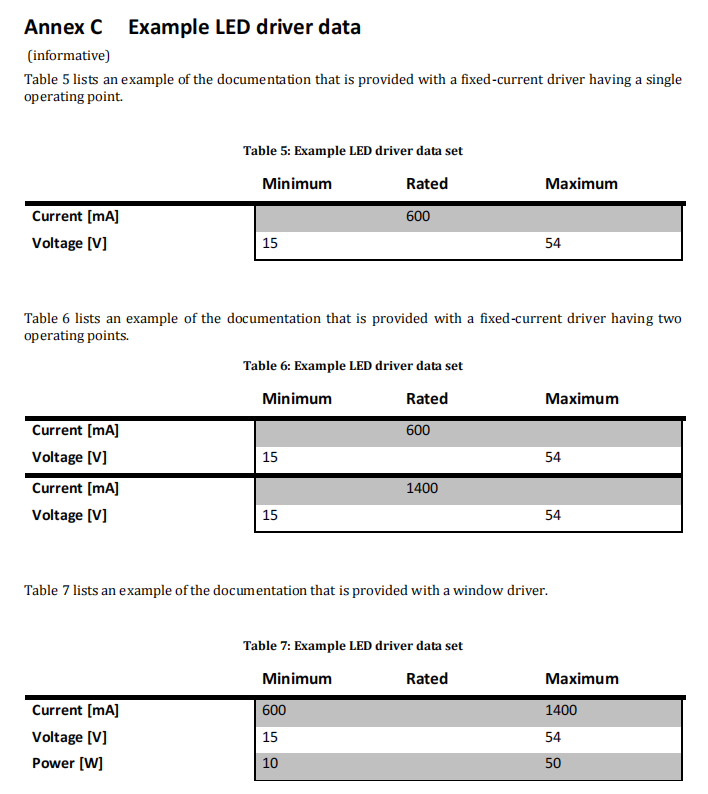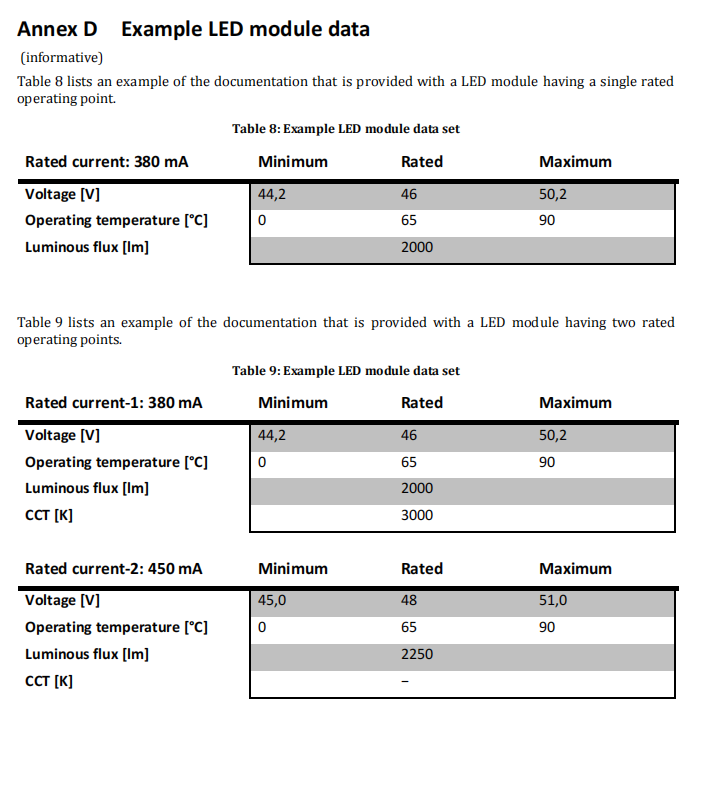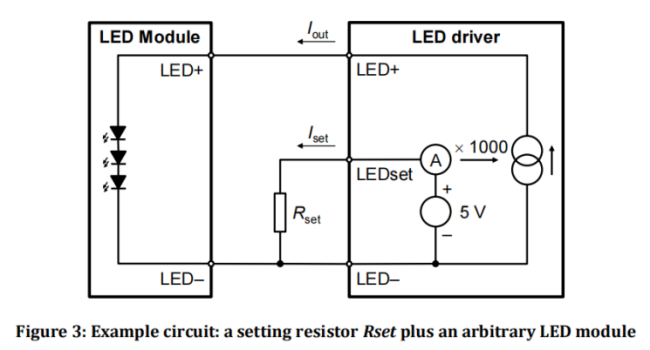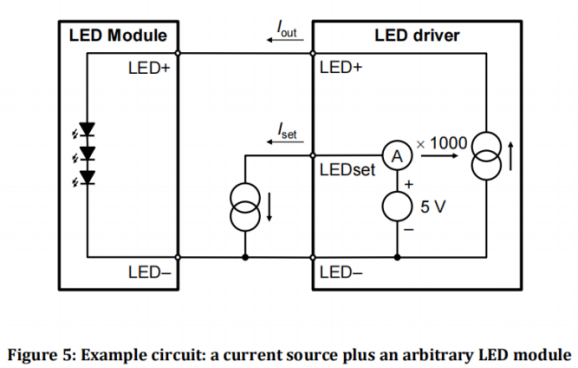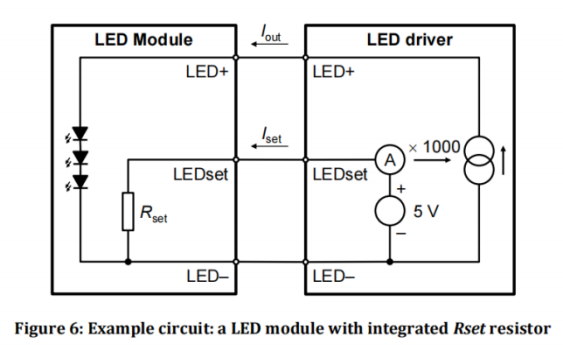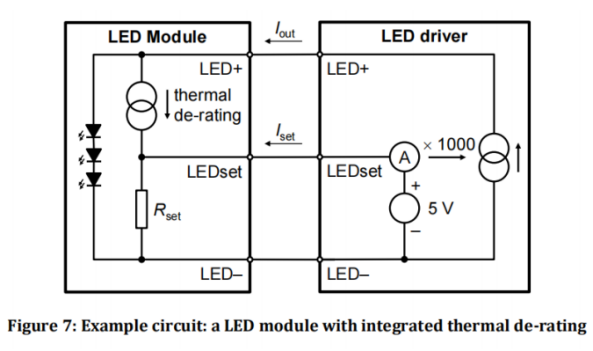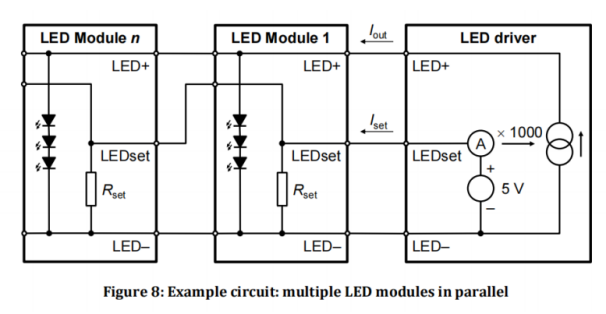4 Tips to identify genuine Lifud drivers
Wiring of Triac Dimming & Wireless Dimming
4 Steps to Enable 0/1-10V Dimming Wiring
4 Steps to Enable DALI Dimming Wiring
What is DALI Intelligent System?
Two Kinds of Dimming Curves for DALI Projects You Should Know
What's the Future of Intelligent LED Lighting?
Leading the Circular Economy Revolution in Lighting: An Overview of ZHAGA Standards and NFC Technology!
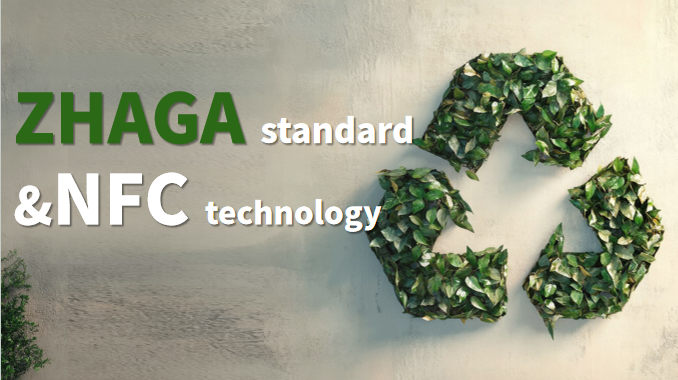
I. ZHAGA Standards: The Pioneer of Standardization in Lighting
Founded in 2010, the ZHAGA Consortium has emerged as a leader in the standardization of LED lighting components. With its global, open approach, ZHAGA defines uniform standards for the physical dimensions and connection interfaces of these components, offering flexible interfaces and electrical connections. This standardization enhances the universality, compatibility, and interchangeability of lighting components, simplifies product design, and modular assembly becomes crucial for improving production efficiency, reducing costs, ensuring product quality, and enabling the easy replacement of individual parts.
▼ZHAGA's BOOK Specifications for Various Lighting Components
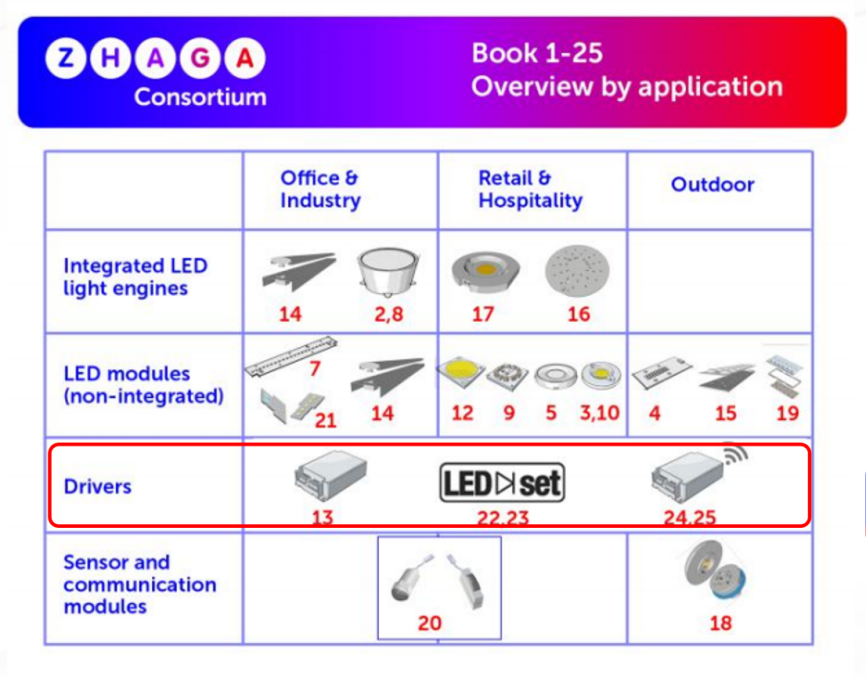
II. Understanding ZHAGA's Books Related to LED Drivers
Within ZHAGA standards, several key Books are relevant to LED drivers: Book 13, Book 22, Book 23, Book 24, and Book 25. Book 13 defines size specifications, while Book 24 focuses on NFC functionality, both of which are highly relevant for the development of LED driver products. Here’s a brief overview of each Book to help you understand their key features:
1. Book 13: LED Driver
Core Focus: Standardizes the mechanical and electrical interfaces of LED drivers for easy replacement.
Details: Book 13 defines the driver interface specifications for compatibility with various LED modules, including the electrical interface between modules and drivers. It also provides precise mechanical dimensions for LED drivers, including outline boundaries and fixed points within certain tolerances. This standardization allows for physical interchangeability of drivers in LED luminaires, simplifying upgrades and replacements.
▼2-holes ECGs & 4-holes ECGs Structure Diagrams
|
|
|
The dimensions for 2-holes and 4-holes drivers must meet the requirements specified in Tables 3-1 and 3-2, as well as the error tolerances in Table 3-3. As long as the length, width, and height (L/W/H) remain within the specified limits and do not affect the positioning holes, the external design of the driver can be irregular.
▼Specific Size Requirements
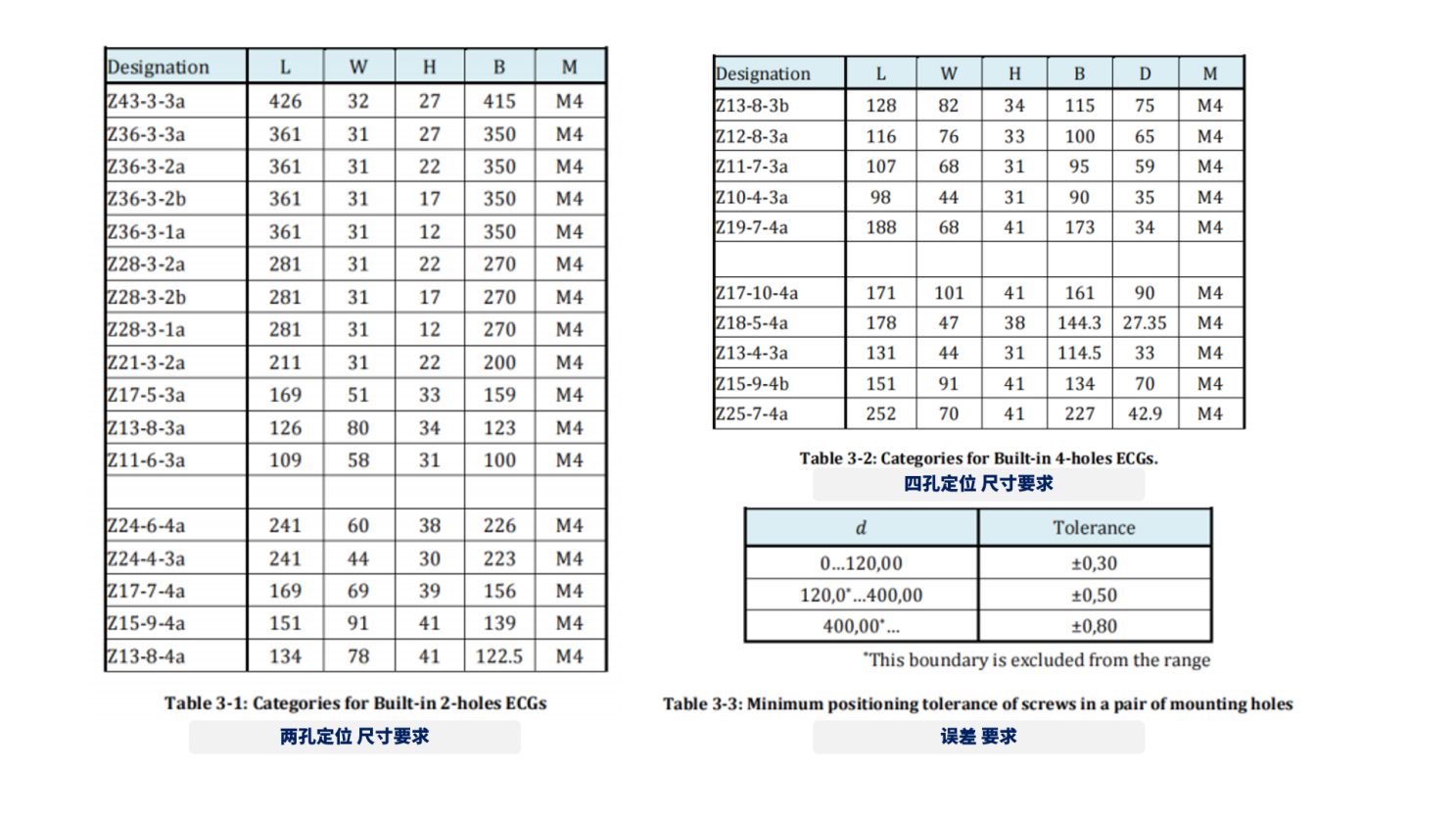
2. Book 22:LEDset power interface
Core Focus: Standardizes the electrical interface requirements between LED drivers and modules to simplify compatibility.
Details: Book 22 outlines the measurement methods for parameters of LED drivers and modules. It defines the interfaces for setting and adjusting the output current of LED drivers, including specifications for voltage, current, and power range, as well as the operational requirements for various LED modules. By using standardized terminology and definitions, this Book simplifies the matching process between driver capabilities and module requirements.
▼Related Requirements and Standards
|
|
|
|
|
|
▼Example of Information Provided by LED Drivers and Modules
|
|
|
3. Book 23:LEDset information interface
Core Focus: Simplifies the adjustment of output current by specifying the use of input resistors.
Details: Book 23 describes an analog interface that allows basic communication between an LED driver and one or more LED modules. The standard offers two options: inserting resistors and using circuitry on the LED module. It also standardizes the labeling of interfaces, with driver output and module input interfaces marked as "LED+" / "LED-", and control interfaces labeled as "LEDset."
▼ Examples of Current Setting Applications
|
|
|
|
|
|
|
|
|
In summary, this interface supports the following functions:
• Constant Current Setting for Single LED Module
• Current Setting for Parallel or Series LED Modules
• Current Setting via Inserted Resistor
• Thermal Dimming for LED Modules
4. Book 24:Programming of luminaire components using NFC
Core Focus: Standardizes the hardware and software for NFC programmable luminaire components to simplify the configuration of lighting characteristics.
Details: Book 24 defines the standards for digitally programming luminaire components using NFC (Near Field Communication) technology. It includes specifications for the programming framework, standardizes testing methods for programming devices and software, and lists qualified NFC readers. Lighting manufacturers should use these readers to program LED drivers equipped with integrated NFC tags. This standardization simplifies the programming process for LED drivers, making it more convenient to set and adjust the operational characteristics of lighting components.
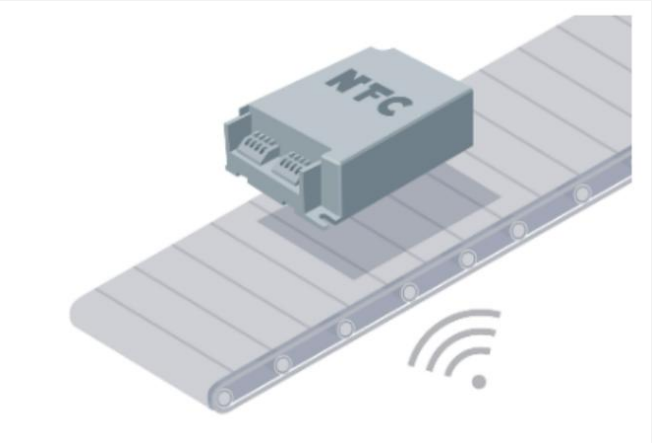
5. Book 25:NFC Readers with Bluetooth interface for in-field programming
Core Focus: Expands on Book 24 by standardizing Bluetooth-NFC programming readers for field use, enabling on-site maintenance and replacement.
Details: Building on the foundation set by Book 24, Book 25 introduces NFC readers equipped with Bluetooth interfaces for programming drivers in the field. It specifies the communication protocols and functional requirements for NFC readers with Bluetooth capabilities. While Book 24 primarily addresses NFC programming during manufacturing via wired PC connections, Book 25 extends these standards to wireless Bluetooth-NFC readers, standardizing the use of smartphones for NFC programming. This facilitates easier and more flexible on-site configuration and maintenance of lighting systems.
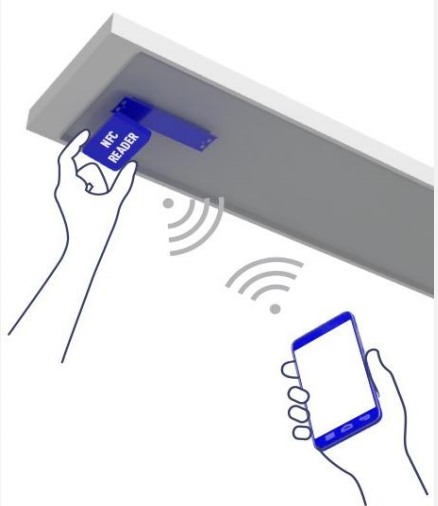
Zhaga-NFC certification involves both Book 24 and Book 25, which together provide detailed guidelines for certifying Zhaga-NFC programmable devices and readers. NFC devices, such as LED drivers, can be certified under both Book 24 and Book 25, while NFC programmers are certified only under Book 25.
III. NFC Technology—A New Era of Smart Programming
The Zhaga-NFC mentioned in the BOOK interpretation above, that is, NFC programming under the ZHAGA standard, brings great convenience to the programming, application and maintenance of LED luminaires.
1. NFC Programming Capabilities:
- DALI Parameter Settings: Adjust parameters such as output current, dimming curves, brightness levels, fade time and rate, DALI addresses, and more.
- Advanced Function Settings: Configure features like EL, CLO, CorridorDIM, D4i, time dimming, and temperature protection.
2. Advantages of NFC Technology:
- No AC Power Required: Users can easily adjust personalized parameters using smartphones or other devices without needing to power the system.
- Ease of Inventory Management: Simplifies stocking for manufacturers, distributors, and contractors, reducing inventory pressure.
- Convenient After-Sales Service: Streamlines maintenance and repairs, lowering service costs.
- Alignment with International Standards: Adheres to global standards and supports the principles of the circular economy.
▼Lifud ZHAGA Standard NFC Programmable Driver
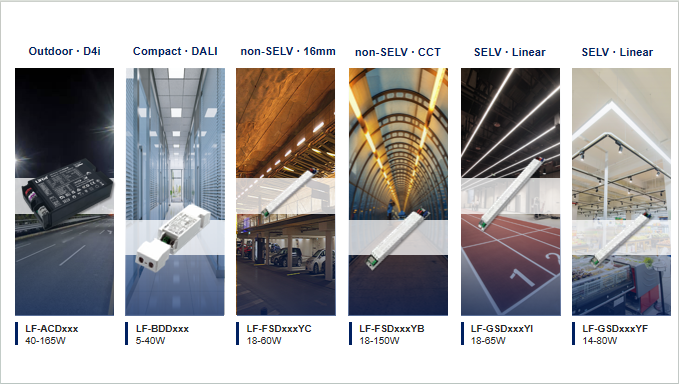
Power Knowledge Share: Driving the Future of Lighting
That concludes today's analysis! The integration of ZHAGA standards and NFC technology is not only steering the lighting industry towards greater intelligence and flexibility but also advancing the circular economy in lighting and contributing to societal sustainability.
NEED DRIVER, CHOOSE LIFUD
For more lighting insights, please keep following us. Stay tuned and stay informed!



